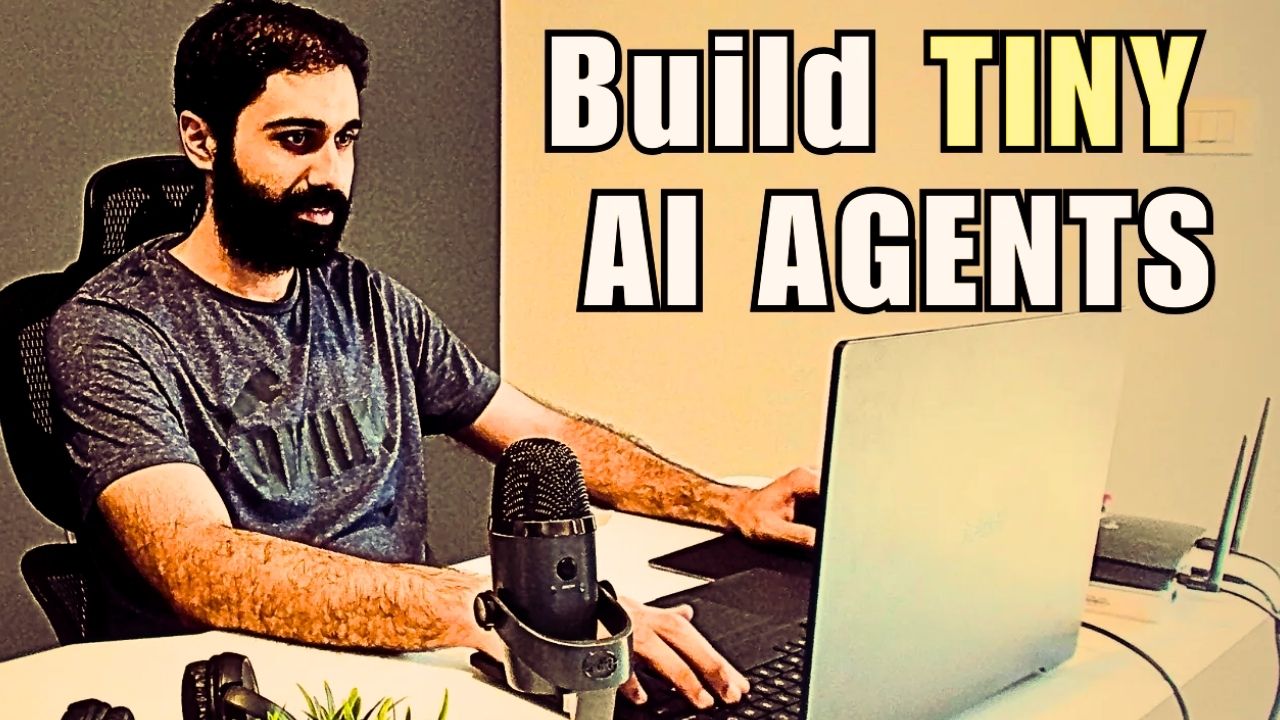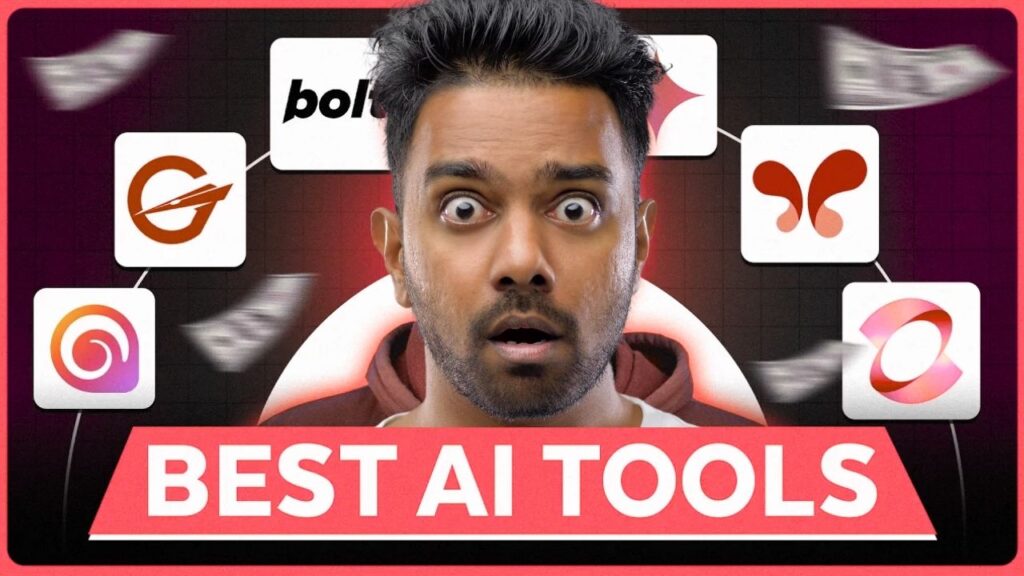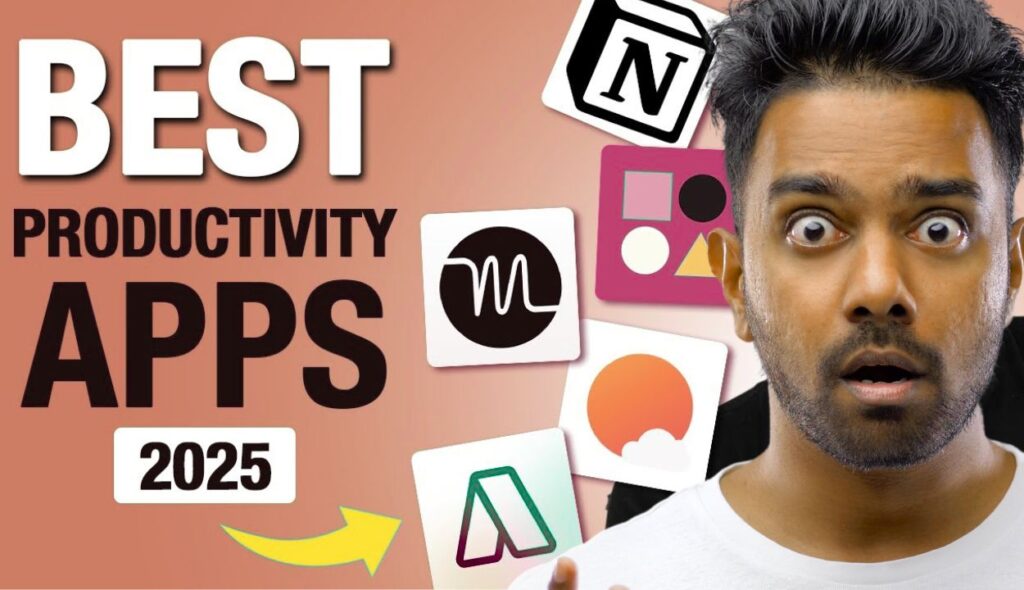The world of Artificial Intelligence (AI) is rapidly evolving, and AI agents are at the forefront of this transformation. These intelligent systems are becoming increasingly sophisticated, offering unprecedented opportunities for automation, efficiency, and, most importantly, income generation. The market for specialized AI solutions is booming, with businesses and individuals alike seeking ways to leverage AI to streamline processes and create new revenue streams.
This article delves into the exciting world of “tiny AI agents” – pre-built, highly specialized AI systems designed to deliver precise results quickly. We’ll explore how to build these agents and, more crucially, how to monetize them to create multiple income streams. Drawing insights from Hasan Aboul Hasan’s expertise, this guide provides a comprehensive roadmap for anyone looking to capitalize on the AI revolution. Whether you’re a seasoned developer or just starting your AI journey, this article will equip you with the knowledge and tools to build, sell, and profit from tiny AI agents.
Understanding Tiny AI Agents
To harness the potential of tiny AI agents, it’s crucial to understand what they are and how they differ from larger AI systems.
What Are Tiny AI Agents?
Tiny AI agents are specialized AI systems designed to perform specific tasks with a high degree of accuracy and efficiency. Unlike general-purpose AI, these agents are pre-built to take specific actions based on defined parameters and inputs. Think of them as highly focused tools that provide valuable and precise results.
Key characteristics of tiny AI agents include:
- Pre-built for Specific Actions: They are designed for a narrow range of tasks, making them efficient and effective.
- Focused Parameters: They operate within defined parameters, ensuring consistent and reliable performance.
- High-Value, Precise Results: They deliver targeted outcomes, providing significant value to users and clients.
The Building Blocks
Creating a tiny AI agent involves integrating several key components:
- LLM (Large Language Model) Integration: At the heart of most AI agents lies a language model, such as GPT from OpenAI or Claude from Anthropic. These models provide the intelligence and reasoning capabilities needed to perform tasks.
- Profile Configuration: An AI agent’s profile defines its identity, purpose, and operational parameters. This includes behavioral tendencies, ethical constraints, and functional roles.
- Template Systems: Templates provide structured frameworks for the agent to follow, ensuring consistent and predictable outputs.
- Memory Management: Effective memory management allows the agent to remember past interactions and adapt its behavior accordingly. This includes short-term memory for immediate operations and long-term storage for historical data.
The Core Engine: LLM Router Technology
LLM router technology is a critical component in optimizing the performance and cost-effectiveness of AI agents, especially when deploying multiple language models.
Understanding LLM Routers
LLM routers are advanced systems designed to dynamically route user queries to the most suitable language model based on task complexity and model capabilities. Their primary purpose is to optimize performance, minimize cost, and enhance efficiency.
Here’s how routing works:
- The LLM router analyzes incoming queries, assessing their complexity and requirements.
- Based on this assessment, the router selects the most appropriate language model to handle the query.
- Simpler tasks are assigned to lightweight, inexpensive models, while complex queries are reserved for high-capability models like GPT-4.
Benefits of implementing LLM routers include:
- Cost-Effectiveness: By assigning tasks to the most efficient model, LLM routers minimize computational costs.
- Improved Response Quality: Routing tasks to models best suited for the job ensures higher-quality outputs.
- Balanced Trade-offs: LLM routers balance trade-offs between latency, accuracy, and resource consumption.
Technical Implementation
Implementing an LLM router involves several steps:
- Dynamic Query Assessment: Use classifiers trained on labeled datasets to evaluate incoming query complexity and task requirements.
- Cost vs. Quality Trade-offs: Decide routing with the objective of achieving predefined performance targets while minimizing costs.
- Generalization Ability: Advanced routers can generalize routing decisions across unseen queries or even untrained LLM pairs without retraining.
- Preference Data Utilization: Incorporate human preference data during training for better query-model matching outcomes.
A practical example of this is using a smaller language model to predict which larger model will perform best for a given query before execution. Simpler prompts can be routed to efficient open-source options like Mixtral, while complex ones requiring deep reasoning are sent to larger-scale proprietary solutions such as GPT-4.
Building Your First Tiny AI Agent
Now, let’s dive into the practical steps of building your first tiny AI agent.
Essential Components
Before you start coding, you need to gather the essential components:
- Profile Creation: Define the identity, purpose, and operational parameters of your AI agent. This includes its behavioral tendencies, ethical constraints, and functional roles.
- Template Development: Create structured frameworks for your agent to follow. These templates should ensure consistent and predictable outputs.
- Content Extraction Capabilities: Implement functions that allow your agent to extract content from various sources, such as YouTube videos, blog posts, or text files.
Step-by-Step Implementation Guide
Follow these steps to build your first tiny AI agent:
- Set Up the Development Environment: Install Chrome Developer Tools, Node.js, and a code editor (e.g., VS Code). Download the latest version of Chrome.
- Code the Basic Structure: Create core files such as
manifest.json,popup.html,background.js, and optionally content scripts to define the logic and UI of the extension. - Test and Optimization: Minimize latency by optimizing data flow between client-side components; secure API keys through proxies to avoid exposure.
Real-World Example: Tweet Generator Agent
Let’s consider a practical example: a Tweet Generator Agent. This agent takes a YouTube video as input, extracts the content, and generates viral tweets based on your writing style and successful tweet templates.
The agent uses an LLM router to select the best tweet template based on the video content. It then combines the template with your profile and generates three unique tweets. This showcases how a tiny AI agent can automate content creation and save you time and effort.
Three Monetization Methods
Once you’ve built your tiny AI agent, the next step is to monetize it. Here are three effective methods to turn your agent into a revenue-generating asset:
Method 1: API Development
Turning your AI agent into an API (Application Programming Interface) allows other developers to integrate its functionality into their applications. This opens up a wide range of monetization opportunities.
- RapidAPI Marketplace Integration: Platforms like RapidAPI allow you to publish your APIs for free and sell them to a large audience of developers.
- Pricing Strategies: Determine a pricing model that aligns with the value your API provides. Consider factors such as usage volume, features, and support.
- Implementation Steps: Use frameworks like Node.js, Python (Flask or FastAPI), or other languages to create your API endpoints.
- Success Metrics: Track API usage, revenue, and customer satisfaction to measure the success of your monetization efforts.
Method 2: WordPress Tools
Converting your AI agent into an online tool on WordPress allows you to offer it as a service to a broader audience.
- SaaS Model Implementation: Implement a Software-as-a-Service (SaaS) model, where users pay a subscription fee to access your tool.
- Case Study: PromoterKit Example: Consider the example of PromoterKit, which offers AI-powered tools for content creation and marketing.
- Pricing and Subscription Models: Offer different subscription tiers based on usage limits and features.
Method 3: Chrome Extensions
Turning your AI agent into a Chrome extension allows you to offer it directly to users as a convenient browser tool.
- Development Process: Set up the development environment, build the basic structure, implement AI capabilities, and test the extension locally.
- Distribution Strategy: Publish your extension on the Chrome Web Store to reach a wide audience.
- Monetization Approaches: Offer a free version with limited features and a premium version with additional functionality.
- Case Study: AI Comment Reply Extension: An AI comment reply extension can use your profile, templates, and ideas to generate comments with a simple click of a button.
Best Practices and Tips
To maximize the success of your tiny AI agent, follow these best practices:
Development Guidelines
- Code Optimization: Optimize your code for performance and efficiency.
- User Experience Considerations: Design a user-friendly interface that is easy to navigate.
- Security Measures: Implement security measures to protect user data and prevent unauthorized access.
- Performance Optimization: Continuously monitor and optimize the performance of your agent.
Marketing Strategies
- Platform Selection: Choose the right platforms to market your agent, such as social media, online forums, and industry events.
- Pricing Optimization: Experiment with different pricing models to find the optimal balance between revenue and user adoption.
- User Acquisition Methods: Use a variety of user acquisition methods, such as content marketing, social media advertising, and partnerships.
- Building Recurring Revenue: Focus on building recurring revenue through subscriptions and long-term contracts.
Future Trends and Opportunities
The future of AI agents is bright, with numerous trends and opportunities on the horizon:
- Market Evolution Predictions: The market for AI agents is expected to continue to grow rapidly, driven by increasing demand for automation and efficiency.
- Emerging Technologies: New technologies, such as advanced language models and edge computing, will enable more sophisticated and efficient AI agents.
- Potential New Monetization Channels: New monetization channels, such as AI-powered consulting and training, will emerge.
- Industry Growth Projections: The AI industry is projected to reach trillions of dollars in revenue in the coming years, creating vast opportunities for those who are prepared.
Conclusion
Building and monetizing tiny AI agents is a promising path to creating multiple income streams in the rapidly evolving AI landscape. By understanding the core concepts, implementing effective strategies, and staying up-to-date with the latest trends, you can capitalize on this exciting opportunity.
This guide has provided you with a comprehensive roadmap for building, selling, and profiting from tiny AI agents. Now, it’s time to take action and start your AI agent journey.
Here are some resources for further learning:
- Skillshare courses on building AI agents
- Online forums and communities dedicated to AI development
- Industry events and conferences
The future is here, and it’s powered by AI. Embrace the opportunity, learn the skills, and start building your own tiny AI agents today.



